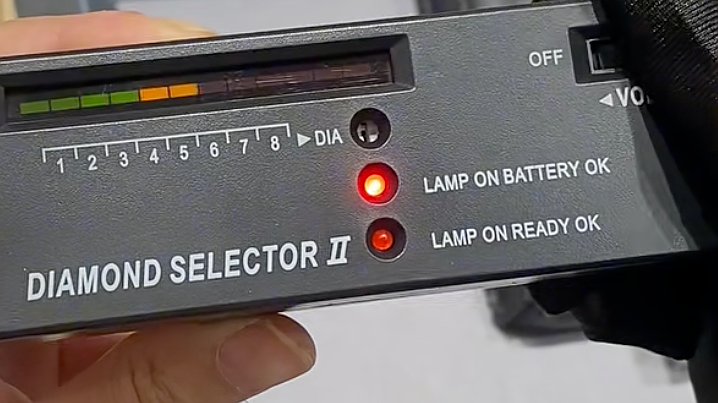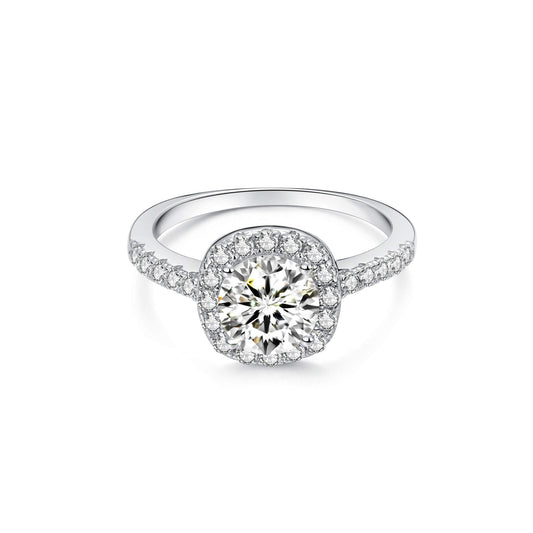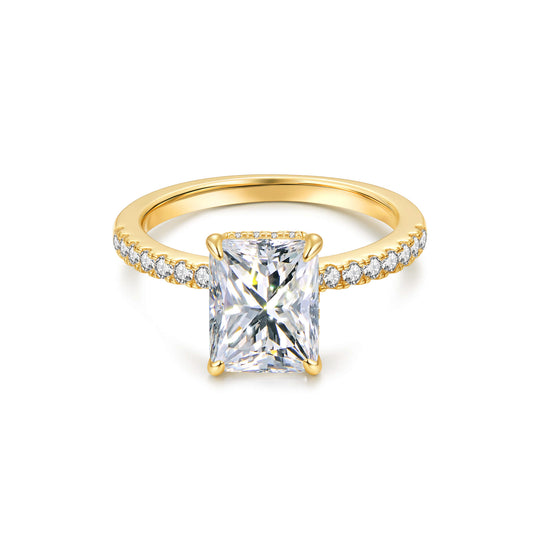How to Grow Lab Grown Diamonds: A Guide to Sustainable Jewelry
Diamonds are a symbol of love and commitment. But did you know that not all diamonds are mined from the earth? Lab grown diamonds are reshaping the jewelry industry with a sustainable and ethical twist. These diamonds, created through cutting-edge technology, offer the same beauty, durability, and sparkle as natural diamonds, but without the environmental or social impact of traditional mining.
In this guide, we’ll delve into the fascinating world of lab grown diamonds. We’ll explore how they’re created, the science behind their formation, and how they compare to their natural counterparts. Whether you’re a jewelry store owner, a wedding planner, or a freelance writer specializing in jewelry, this comprehensive guide will equip you with the knowledge you need.
By understanding the process of creating lab grown diamonds, you can make informed decisions, provide expert advice, and create engaging content.
The Appeal of Lab Grown Diamonds
Lab grown diamonds appeal to many due to their ethical production. They provide a conflict-free alternative to mined diamonds, without sacrificing beauty or durability. Moreover, these diamonds are typically more budget-friendly, allowing couples to choose larger or higher-quality stones without straining their finances.
Their sustainable production methods align with the growing consumer demand for responsible choices. Choosing lab grown diamonds reflects an eco-conscious decision, making them an increasingly popular choice for those who value ethics alongside aesthetics.
Lab Grown vs. Natural Diamonds: Key Differences
Despite their identical appearance, lab grown and natural diamonds differ in origin. Lab created diamonds grow in labs, while natural diamonds form deep within the Earth over millions of years.
To the naked eye, they are indistinguishable. Only specialized equipment can differentiate between the two. Customer education is key to dispelling myths and misunderstandings regarding authenticity.
Lab grown diamonds support sustainability and ethical practices, appealing to socially conscious consumers. By understanding these distinctions, stakeholders like jewelers and wedding planners can confidently guide their clients in making informed, personalized choices.

The Science Behind Lab Grown Diamonds
Lab grown diamonds are miracles of modern science. They replicate nature’s diamond-making process in a controlled setting, ensuring precision and quality.
Two key methods dominate this production: HPHT and CVD. Each uses different techniques but shares a similar goal—creating diamonds with perfection in mind. The controlled environment minimizes flaws and allows for the production of larger stones with remarkable quality.
High Pressure High Temperature (HPHT) Method
The HPHT method mimics the Earth’s natural conditions. It applies extreme pressure and heat to grow diamonds. The process begins with a small diamond seed placed in carbon material.
Under intense pressure, carbon atoms bond to form a crystal, resulting in a stunning diamond structurally similar to natural ones. HPHT tends to be faster than CVD, making it ideal for efficient diamond production.
Chemical Vapor Deposition (CVD) Method
The CVD method uses a different approach. It starts with carbon-rich gases, which break down into carbon atoms. These atoms deposit onto a diamond seed, which acts as a template. Slowly, carbon atoms build up, layer by layer, forming a diamond crystal.
The CVD method allows for careful environmental control, resulting in diamonds with fewer defects, often prized for their purity.
Key Considerations When Choosing Lab Grown Diamonds
When selecting lab grown diamonds, there are several key factors to keep in mind:
• Certification and Clarity: Look for diamonds with high clarity and certification. This ensures you’re offering the best quality.
• Cut, Color, and Carat Weight: As with natural diamonds, evaluate the 4Cs to ensure optimal quality.
• Environmental Impact: Consider choosing diamonds produced with minimal environmental impact and transparent practices.
For jewelry store owners, providing customers with clarity on these factors can boost trust and sales.
Certification and Grading of Lab Grown Diamonds
Lab grown diamonds undergo rigorous certification processes. Major gemological institutes evaluate them based on the 4Cs: cut, color, clarity, and carat weight. This grading ensures their quality matches or even exceeds that of natural diamonds.
Certification offers buyers assurance of a diamond’s origin and quality. It builds trust, helping buyers confidently compare lab grown diamonds in the marketplace.
The Future of Lab Grown Diamonds in the Jewelry Market
Lab grown diamonds are transforming the jewelry industry. Their ethical production is appealing to modern consumers who prioritize sustainability. This increasing demand may significantly impact the traditional diamond market. As consumer awareness grows, lab grown diamonds are becoming a popular choice, and their adoption could lead to a reduction in diamond mining.
Innovations and Sustainability
Technological advancements have improved the quality and affordability of lab grown diamonds. Innovations continue to enhance the efficiency of both the HPHT and CVD processes, reducing the carbon footprint of diamond production. These improvements contribute to a more sustainable and ethical future for the jewelry industry.
Lab grown diamonds present a responsible alternative to mined diamonds, minimizing environmental damage and human rights concerns. Their rise supports a sustainable and ethical future for the industry.
Tips for Selecting and Caring for Lab Grown Diamonds
When selecting lab grown diamonds, prioritize certification and clarity. Grading reports provide critical information about the diamond’s quality. To maintain their brilliance, regularly clean your diamonds with mild soap and water and store them separately to prevent scratches.
Conclusion: Embracing Lab Grown Diamonds for a Responsible Future
Lab grown diamonds are revolutionizing the jewelry industry by offering a sustainable, affordable, and ethical alternative to mined diamonds. Their appeal is growing as consumers recognize their advantages, from environmental sustainability to ethical production methods.











